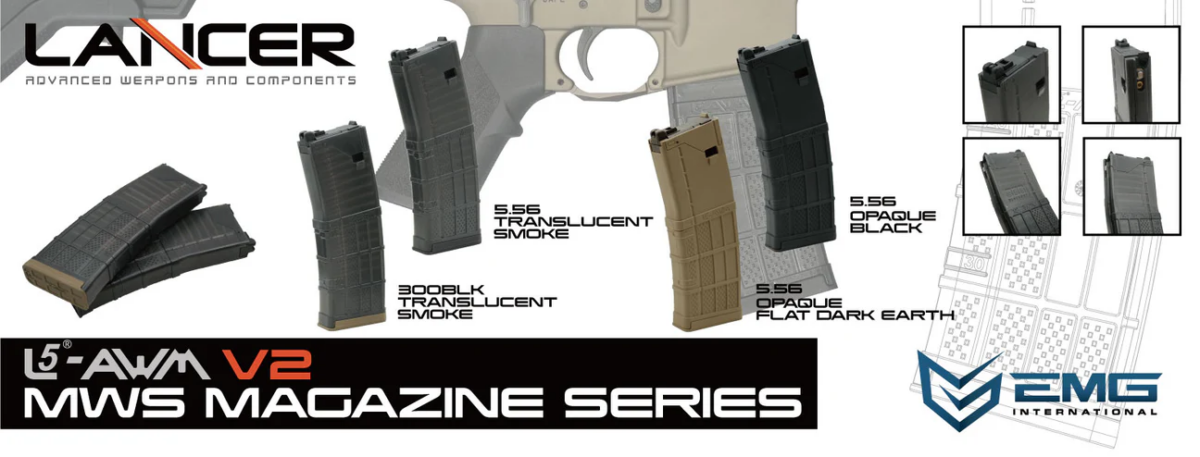The Evolution of Spray Foam Insulation Technology

Spray foam insulation has evolved significantly since its inception, becoming a critical component of energy-efficient homes and commercial buildings across the USA and Canada. As building standards continue to prioritize energy conservation and sustainability, spray foam has become a key material for its ability to provide superior thermal resistance, airtight seals, and moisture control. This blog delves into the evolution of spray foam insulation technology, its benefits, and its applications, offering insights for both homeowners and contractors alike.
The Early Days of Spray Foam Insulation
Spray foam insulation was first developed in the 1940s during World War II. Initially used in military aircraft, polyurethane foam offered an innovative way to create lightweight yet durable materials. By the 1970s, its use expanded into the construction industry as insulation material. Early spray foam products were less refined compared to today’s formulations, but they laid the foundation for the technological advancements that followed.
Transition to Residential and Commercial Use
In the 1980s, spray foam insulation became more popular in residential and commercial building projects due to its unique properties. Builders and architects began to recognize its ability to seal gaps and cracks better than traditional fiberglass insulation. Unlike fiberglass, which often left room for air leaks and moisture, spray foam created an airtight barrier, making it an excellent choice for energy efficiency.
During this time, however, spray foam was often considered a premium option due to its higher costs. Advances in manufacturing and application techniques helped reduce these costs over time, making spray foam more accessible to a broader audience.
Modern Developments in Spray Foam Insulation Technology
The 21st century has seen significant advancements in spray foam insulation technology. Today’s spray foam products are more environmentally friendly, energy-efficient, and versatile than ever before. Key developments include:
- Eco-friendly formulations: Modern spray foams are now available in environmentally conscious formulations. These products use water-based or soy-based chemicals, reducing the reliance on harmful chemicals like HCFCs (hydrochlorofluorocarbons). This makes them more sustainable and compliant with stricter environmental regulations in both the USA and Canada.
- Open-cell vs. closed-cell technology: The introduction of open-cell and closed-cell spray foam has revolutionized the industry. Open-cell foam provides excellent soundproofing and insulation in non-extreme climates, while closed-cell foam offers higher density, superior moisture resistance, and structural support, making it ideal for harsher environments.
- Improved application techniques: Spray foam insulation equipment has also seen vast improvements. Today’s technology allows for more precise applications, reducing waste and ensuring a more uniform insulation layer.
Why Spray Foam Insulation Is a Game Changer for Energy Efficiency
One of the primary reasons spray foam insulation has gained popularity is its contribution to energy efficiency. In both the USA and Canada, energy efficiency is a top priority, driven by governmental policies and incentives designed to reduce carbon footprints and promote sustainability.
Airtight Seal and R-Value
Spray foam’s ability to expand and fill cracks and gaps is one of its most valuable attributes. When applied, spray foam expands up to 100 times its initial volume, creating an airtight seal that significantly reduces air infiltration. This helps to maintain indoor temperatures, reducing the need for heating and cooling systems to work harder, which in turn lowers energy consumption.
The R-value, or thermal resistance, of spray foam is another crucial factor. Closed-cell spray foam, in particular, has a high R-value, often ranging from R-6 to R-7 per inch. This level of insulation surpasses traditional materials like fiberglass, making spray foam the superior option for energy-efficient building designs.
Moisture Control and Mold Prevention
In addition to thermal insulation, spray foam also excels in moisture control. When used correctly, it creates a barrier that prevents moisture from penetrating walls, roofs, and other areas of a building. This moisture resistance is especially important in regions of the USA and Canada with high humidity levels or frequent rainfall.
Moisture control is essential for preventing mold growth, which can lead to health issues and structural damage. Spray foam’s airtight seal not only blocks moisture but also reduces the likelihood of mold growth, making it a healthier choice for homeowners.
Commercial Applications of Spray Foam Insulation
While spray foam is widely recognized for its residential benefits, its use in commercial buildings is just as impactful. In large-scale projects, the energy savings and structural benefits of spray foam become even more pronounced.
Industrial and Warehouse Insulation
For industrial settings and warehouses, where temperature control and moisture resistance are critical, spray foam offers unmatched performance. Closed-cell spray foam provides excellent insulation and strengthens the structure, helping industrial buildings meet stringent energy codes. Additionally, its ability to create a continuous barrier makes it ideal for buildings that need consistent temperature regulation, such as cold storage facilities.
Insulating Commercial Roofs
Spray foam insulation has become a popular choice for commercial roofs, particularly in areas of Canada and the northern USA that experience heavy snowfall and extreme weather conditions. The airtight seal and waterproof properties of spray foam can significantly improve the lifespan of a roof, reduce maintenance costs, and enhance the building’s overall energy efficiency.
Soundproofing Benefits in Office Buildings
In commercial office spaces, soundproofing is often a key consideration. Open-cell spray foam, with its ability to dampen sound transmission, provides an effective solution for creating quiet, comfortable working environments. This has made spray foam insulation a go-to option for modern office designs that prioritize both comfort and energy savings.

Virtual Office in Kochi
Environmental Impact and Sustainability of Spray Foam Insulation
As environmental concerns take center stage in both the USA and Canada, spray foam insulation’s role in sustainability has come under the spotlight. Spray foam is now considered one of the most eco-friendly insulation options, thanks to advancements in its formulation and application.
Reducing Carbon Footprints with Spray Foam
The energy savings provided by spray foam insulation directly contribute to reducing carbon emissions. Buildings that are well-insulated require less energy to heat and cool, which reduces the reliance on fossil fuels. Over time, this can lead to significant reductions in a building’s carbon footprint, particularly in regions where energy costs are high, such as the northern USA and Canada.
Longevity and Durability
Another key sustainability feature of spray foam insulation is its longevity. Unlike traditional insulation materials, which may need replacement or maintenance over time, spray foam can last for decades when properly installed. This reduces the need for frequent replacements and minimizes the environmental impact associated with producing and disposing of insulation materials.
Choosing the Right Spray Foam Contractor in the USA and Canada
The success of spray foam insulation largely depends on the quality of the installation. Poorly installed spray foam can result in uneven coverage, air leaks, and reduced insulation performance. Therefore, it’s crucial to work with a professional contractor who is experienced in spray foam applications.
How to Find the Best Contractor
When searching for a spray foam insulation contractor, consider the following factors:
- Certification and experience: Ensure the contractor is certified and has experience with both open-cell and closed-cell spray foam. This ensures they understand the intricacies of applying spray foam in different environments and structures.
- Customer reviews: Check online reviews and testimonials from past clients. This can give you insights into the contractor’s reliability, professionalism, and workmanship.
- Licensing and insurance: Always verify that the contractor is properly licensed and insured. This protects you in case of any issues during the installation process.
For spray foam insulation contractors in the USA and Canada, Spray Foam Genius Marketing is a trusted partner, offering expert services tailored to your insulation needs. Call 877-840-3626 (US) or 844-741-3626 (Canada) to learn more and schedule your consultation.
Call to Action: Upgrade to Energy-Efficient Spray Foam Insulation Today!
Spray foam insulation represents the future of energy-efficient, sustainable building design. Whether you’re a homeowner looking to improve the comfort and energy savings of your home, or a commercial building owner seeking a long-lasting, eco-friendly insulation solution, spray foam is the answer. With its superior thermal resistance, airtight seal, and moisture control properties, spray foam outperforms traditional insulation materials, helping you save on energy costs and reduce your carbon footprint.
Don’t wait — take the first step toward a more energy-efficient, comfortable, and sustainable property by contacting Spray Foam Genius Marketing. Our team specializes in spray foam insulation for both residential and commercial projects across the USA and Canada. Call us at 877-840-3626 (US) or 844-741-3626 (CA) to get a free consultation and learn how spray foam insulation can revolutionize your building’s energy performance.
FAQs about Spray Foam Insulation
- What is the difference between open-cell and closed-cell spray foam insulation?
Open-cell spray foam is less dense, making it ideal for soundproofing and insulation in moderate climates. Closed-cell foam is denser, providing better moisture resistance and a higher R-value, making it suitable for extreme weather conditions. - How long does spray foam insulation last?
When properly installed, spray foam insulation can last up to 80 years, offering long-term energy savings and moisture protection. - Can spray foam insulation be used in existing homes?
Yes, spray foam can be applied to existing homes. It is often used to retrofit walls, attics, and crawl spaces to improve insulation performance. - Is spray foam insulation safe for the environment?
Modern spray foam products are designed to be environmentally friendly, using non-toxic, water-based, or soy-based chemicals that comply with environmental standards in the USA and Canada. - How much does spray foam insulation cost?
The cost of spray foam insulation varies depending on the size of the project, the type of foam used, and the region. However, the long-term energy savings and durability of spray foam often outweigh the initial costs.
Call us at 877-840-FOAM for USA and 844-741-FOAM for Canada visit our website at sprayfoamgeniusmarketing.com, or email us at info@sprayfoamgeniusmarketing.com to get started.








